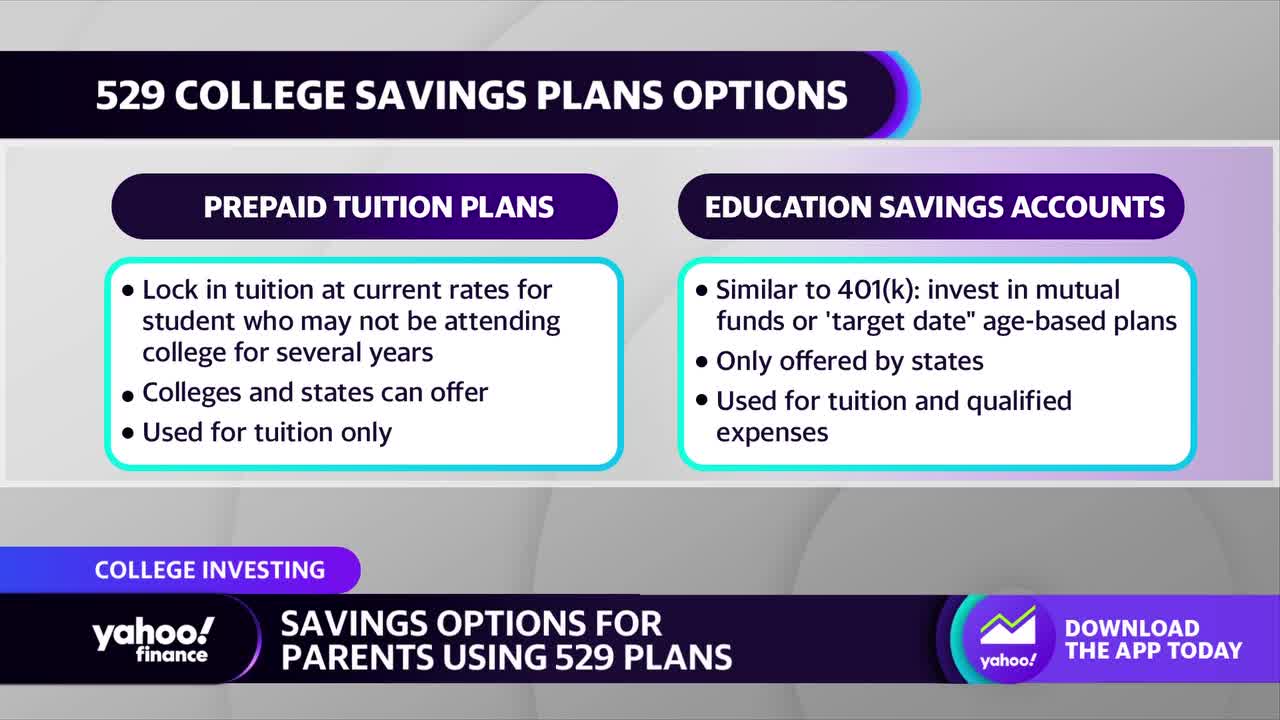
You can avoid losing your money when the market drops. It is best to stay in it. Selling at a loss, especially in this market, is one of the worst things you can do. Better strategy is to buy stocks with attractive valuations. Experts recommend that you stay in the market for the long-term.
Dollar-cost averaging prevents market timing
Dollar-cost Averaging is a method that allows you to avoid market timing. This method works by allowing you to invest the same amount each month no matter how high or low the market goes. This makes it simpler to invest, and also makes the investment process easier. This can be set up to automatically occur each month.
The technique works well in both down and up markets. However, investors should still be aware about the potential downsides. It is difficult to time the market perfectly, even if you are an expert. In these times, investing a lump sum in a security puts you at risk of missing out on a profitable purchase. However, with dollar-cost averaging, you can take advantage of lower prices and earn a larger profit. For strong long-term returns, it is important to purchase dips as much as possible.
Buy stocks at attractive valuations
If you are looking to invest in stocks, it is worth buying them at higher valuations than the market average to get better returns. Value stocks have historically outperformed growth stocks and the S&P 500 index, but they're not immune to other factors. Value stocks typically have the lowest price-to-earnings ratio and lowest price-to-book ratio. Value stocks aren't the best investments for everyone because they may lack alpha. In addition, many growth stocks are disrupting value stocks, such as banks, retailing companies, and asset managers. On the other side, some value stock have been affected by newer, more rapidly-growing businesses, such as fintech or renewable energy companies.

Investors should remember that the best stocks to purchase now are dependent on the economy's ability to fight inflation. Some companies will benefit from a higher interest rate environment, while others will find it difficult. Profitable companies will have more difficulty making money as the cost to borrow increases. Stock prices reflect this fact.
Investing in fixed assets helps weather economic downturns
There are several reasons why fixed assets could be a good investment to help you weather an economic downturn. Fixed assets are generally cheaper than equities. They can also provide steady returns. In low-interest-rate environments, fixed assets have often been unprofitable and they have earned a poor reputation. In reality, fixed assets have outperformed stocks during downturns. Global bonds delivered returns of 12 percent or more in 2008, while equities suffered a major setback during the tech crash.
The sharp rise in interest rates and falling stocks have raised concerns about a recession. However, investors need to remain calm and maintain a long-term outlook. Many investors fear the onset of recession and are looking to modify their investment strategy. Investors must remember to have a long-term outlook and to build a diverse portfolio. They will be able to benefit from potential growth even before the recession begins and will be more resilient in times of market volatility.
Investing in high growth tech companies
It is an excellent way to invest in your money if you are looking for ways to make it grow. You should be careful when investing in tech stocks. The first is that the economy is putting pressure upon the technology sector. The Federal Reserve is likely to increase the federal funds rate, and as interest rates rise, corporate earnings are likely to slow. High-cost debt is used by many tech companies to finance innovation and startup expenses. Therefore, companies will need to pay more interest on their debt if interest rates rise.
A key factor to take into consideration when investing in high growth tech companies is their ratio of earnings to price. It is difficult to assess the value of a company that is not yet profitable. It is therefore important to consider revenue growth when determining a stock's worth. A higher P/E means that the company's future earnings will outpace its current earnings.

Investing in consumer staples
Investors find consumer staple stocks attractive, so it's a smart idea to give a portion of your portfolio over to them. But, before you make an investment, it is important to consider your goals, financial ability, and risk tolerance. You don't have to buy all the consumer staples. Just because a company has a household name does not mean that it will continue growing. Therefore, you should research the companies in order to find the best investment opportunity.
In the past three years, the Consumer Staples section has enjoyed a higher performance than that of the wider market. Diversified consumer goods is considered a defensive sector. Its stocks are also relatively volatile. This is because gains and loss in one session are very small, making it easier for future predictions.
FAQ
Should I diversify?
Many people believe diversification will be key to investment success.
Financial advisors often advise that you spread your risk over different asset types so that no one type of security is too vulnerable.
However, this approach does not always work. You can actually lose more money if you spread your bets.
Imagine that you have $10,000 invested in three asset classes. One is stocks and one is commodities. The last is bonds.
Imagine that the market crashes sharply and that each asset's value drops by 50%.
You have $3,500 total remaining. You would have $1750 if everything were in one place.
In reality, your chances of losing twice as much as if all your eggs were into one basket are slim.
This is why it is very important to keep things simple. You shouldn't take on too many risks.
Is passive income possible without starting a company?
Yes. Most people who have achieved success today were entrepreneurs. Many of them owned businesses before they became well-known.
You don't need to create a business in order to make passive income. You can create services and products that people will find useful.
You could, for example, write articles on topics that are of interest to you. You could even write books. You might even be able to offer consulting services. The only requirement is that you must provide value to others.
At what age should you start investing?
The average person invests $2,000 annually in retirement savings. However, if you start saving early, you'll have enough money for a comfortable retirement. You might not have enough money when you retire if you don't begin saving now.
You need to save as much as possible while you're working -- and then continue saving after you stop working.
The earlier you start, the sooner you'll reach your goals.
You should save 10% for every bonus and paycheck. You might also be able to invest in employer-based programs like 401(k).
Make sure to contribute at least enough to cover your current expenses. After that, you can increase your contribution amount.
Statistics
- Some traders typically risk 2-5% of their capital based on any particular trade. (investopedia.com)
- According to the Federal Reserve of St. Louis, only about half of millennials (those born from 1981-1996) are invested in the stock market. (schwab.com)
- An important note to remember is that a bond may only net you a 3% return on your money over multiple years. (ruleoneinvesting.com)
- Over time, the index has returned about 10 percent annually. (bankrate.com)
External Links
How To
How to invest in stocks
Investing is one of the most popular ways to make money. This is also a great way to earn passive income, without having to work too hard. There are many options available if you have the capital to start investing. It's not difficult to find the right information and know what to do. This article will guide you on how to invest in stock markets.
Stocks are shares that represent ownership of companies. There are two types. Common stocks and preferred stocks. While preferred stocks can be traded publicly, common stocks can only be traded privately. Public shares trade on the stock market. The company's future prospects, earnings, and assets are the key factors in determining their price. Stocks are bought by investors to make profits. This is known as speculation.
There are three steps to buying stock. First, choose whether you want to purchase individual stocks or mutual funds. Next, decide on the type of investment vehicle. Third, you should decide how much money is needed.
You can choose to buy individual stocks or mutual funds
Mutual funds may be a better option for those who are just starting out. These professional managed portfolios contain several stocks. Consider the level of risk that you are willing to accept when investing in mutual funds. Some mutual funds carry greater risks than others. If you are new to investments, you might want to keep your money in low-risk funds until you become familiar with the markets.
If you prefer to invest individually, you must research the companies you plan to invest in before making any purchases. Check if the stock's price has gone up in recent months before you buy it. It is not a good idea to buy stock at a lower cost only to have it go up later.
Select your Investment Vehicle
Once you have made your decision whether to invest with mutual funds or individual stocks you will need an investment vehicle. An investment vehicle is simply another way to manage your money. You could place your money in a bank and receive monthly interest. Or, you could establish a brokerage account and sell individual stocks.
A self-directed IRA (Individual retirement account) can be set up, which allows you direct stock investments. Self-directed IRAs can be set up in the same way as 401(k), but you can limit how much money you contribute.
Your needs will determine the type of investment vehicle you choose. Do you want to diversify your portfolio, or would you like to concentrate on a few specific stocks? Are you looking for growth potential or stability? How comfortable do you feel managing your own finances?
The IRS requires that all investors have access to information about their accounts. To learn more about this requirement, visit www.irs.gov/investor/pubs/instructionsforindividualinvestors/index.html#id235800.
Determine How Much Money Should Be Invested
You will first need to decide how much of your income you want for investments. You can either set aside 5 percent or 100 percent of your income. The amount you decide to allocate will depend on your goals.
It may not be a good idea to put too much money into investments if your goal is to save enough for retirement. However, if your retirement date is within five years you might consider putting 50 percent of the income you earn into investments.
It is crucial to remember that the amount you invest will impact your returns. It is important to consider your long term financial plans before you make a decision about how much to invest.